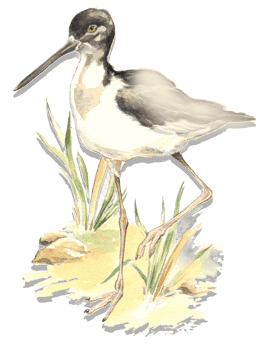|
The
ALAS project (All About Salt) is an interregional co-operation
between four European sites that produce salt from the sea.
The main goal is related to the preservation and the development
of these often traditionally run salinas, their natural
and cultural heritage, their economy and social structure.
Salt museums and tourism are also factors that the project
deals with and several publications are an important outcome,
useful also for other similar sites.
ALAS
was initiated as an attempt to bring some of the sites with
traditional salt production together and to start working
on common topics. The first attempt to put up a programme
dates from 1997, when several people previously had met
at an Insula-UNESCO conference in Paris. The initiative
of ALAS was taken by the Department
of Geography, University of the Aegean. But it was not
until the end of 1999 that the final project was accepted
for financing by the European Commission under the ECOS-Ouverture
programme. Four sites agreed to join
the project.
ALAS
practically started working in December 2000. Our first
interregional meeting took place in March 2001 and the project
in its present form ended in December 2002, with the
final conference.
You
can also find a more 'formal' description
of ALAS. At the first interregional meeting, the partners
agreed on an ALAS co-operation charter(printable
PDF).
The
project is directed by a Project Management
Committee. For specific tasks, 6 Technical
Working Groups have been constituted.
If
you wish to view the ALAS quarterly newsletter, please click
here.
Don't
forget to check-out our events
and publications!
What
are traditional Salinas?
All
around the European and Mediterranean coasts, from Brittany
(Bretagne) on the French Atlantic coast to the Black Sea
and on many islands, some sites still produce salt in the
same way – or at least with only minor modifications
– as it was done 1.000 years ago. These salinas form
a fascinating cultural heritage. They are also important
wetlands for breeding and migrating birds and they play
a significant economic role. Traditional salinas are valuable
for pedagogical, touristic and scientific purposes. The
salt is of high quality and they provide jobs for many people.
But the traditional salinas are also threatened by abandonment,
transformation, aquaculture, new land use etc.The preservation
of these salinas is the main target of ALAS.
In
this site you can discover a lot more through some of our
articles.
|
|
|
|
|
|
|
|
Translations
of this page only, can be viewed/downloaded
in .doc format
|
|


